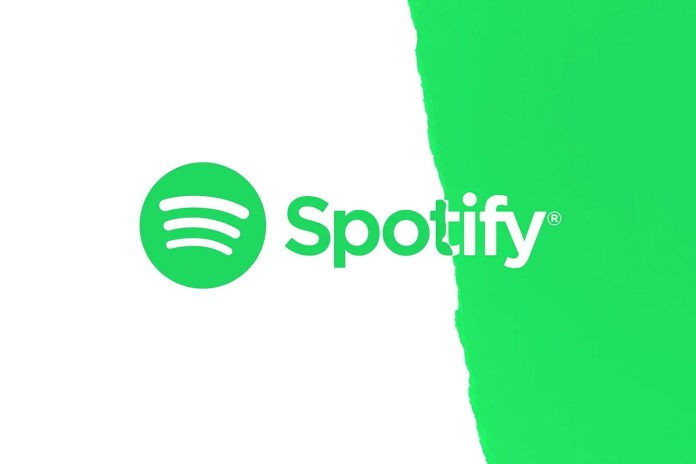The realm of music has witnessed seismic shifts throughout history, from vinyl records to CDs, and now, to the digital age of music streaming. Amidst the vast sea of streaming platforms, Spotify Premium has managed to stay afloat as a dominant force. Let’s journey through the evolution of music streaming and unravel the secrets behind Spotify Premium’s supremacy.
The Advent of Music Streaming
Before diving deep into Spotify’s stronghold, it’s vital to understand how music streaming evolved into the significant trend we see today. The turn of the millennium marked the beginning of the digital music revolution, with trailblazers like Napster at the forefront. However, these platforms grappled with many legal issues stemming from copyright breaches. With technological advancements and a growing need for a lawful, user-centric platform, services like Pandora emerged, offering Internet radio curated to individual preferences.
The Rise of Spotify
Spotify entered the fray in 2008, founded by Daniel Ek and Martin Lorentzon. Originally launched in Europe before expanding to the U.S. in 2011, it was a game-changer in several ways:
Freemium Model: Unlike many of its contemporaries, Spotify offered a ‘freemium’ model. This allowed users to access a vast library of songs for free, albeit with ads. For those wanting an ad-free experience, there was Spotify Premium.
Curated Playlists: One of Spotify’s USPs (Unique Selling Points) was its personalized playlists. Algorithms analyzed users’ listening habits to curate playlists like “Discover Weekly,” introducing listeners to new songs based on their preferences.
Collaborative Playlists: Spotify introduced a feature where users could create and modify playlists collaboratively, further fostering its community-driven approach.Spotify Premium developments are updated daily on https://apktodo.io/es. Here you can choose from many entertainment applications.
Why Spotify Premium Dominates
With several streaming platforms available, why has Spotify Premium become a favorite for many? Here are some compelling reasons:
Ad-free Listening: One of the significant advantages of Spotify Premium is uninterrupted listening. No ads mean users can immerse themselves in their favorite tunes without any distractions.
Superior Sound Quality: While the free version offers decent sound quality, Premium subscribers enjoy tracks in very high-definition audio.
Offline Listening: A boon for those on the move, Premium allows users to download songs and listen offline, ensuring their musical experience isn’t hindered by a lack of internet connectivity.
Unlimited Skips: While the free version limits the number of song skips, Premium users can jump through tracks as they please.
Cross-Platform Consistency: Spotify Premium provides a seamless experience across devices. Whether you’re listening on your desktop, tablet, or smartphone, your playlists, recommendations, and preferences remain consistent.
Facing the Competition
Spotify Premium isn’t alone in the market. Rivals like Apple Music, Amazon Music Unlimited, and Tidal bring their own unique selling points and boast dedicated followers. Nonetheless, Spotify’s early introduction to the scene, together with its dedication to user satisfaction and ongoing innovation, has positioned it at the forefront. Its shared features, combined with an extensive music and podcast repertoire, provide a comprehensive advantage.
The Road Ahead
While Spotify Premium leads the pack, the world of music streaming is ever-evolving. Challenges, both from competitors and in the form of licensing and royalty issues, will always loom. Yet, as history has shown, Spotify has the agility and user-centric approach to stay ahead.
In summary, the transformation of music streaming has been a captivating odyssey, characterized by tech progress and changing user tastes. Among the plethora of services, Spotify Premium rises above due to its mix of groundbreaking features, expansive content selection, and commitment to offering a peerless auditory experience. As we gaze into the future, it’s thrilling to anticipate the next chapter of this journey.











